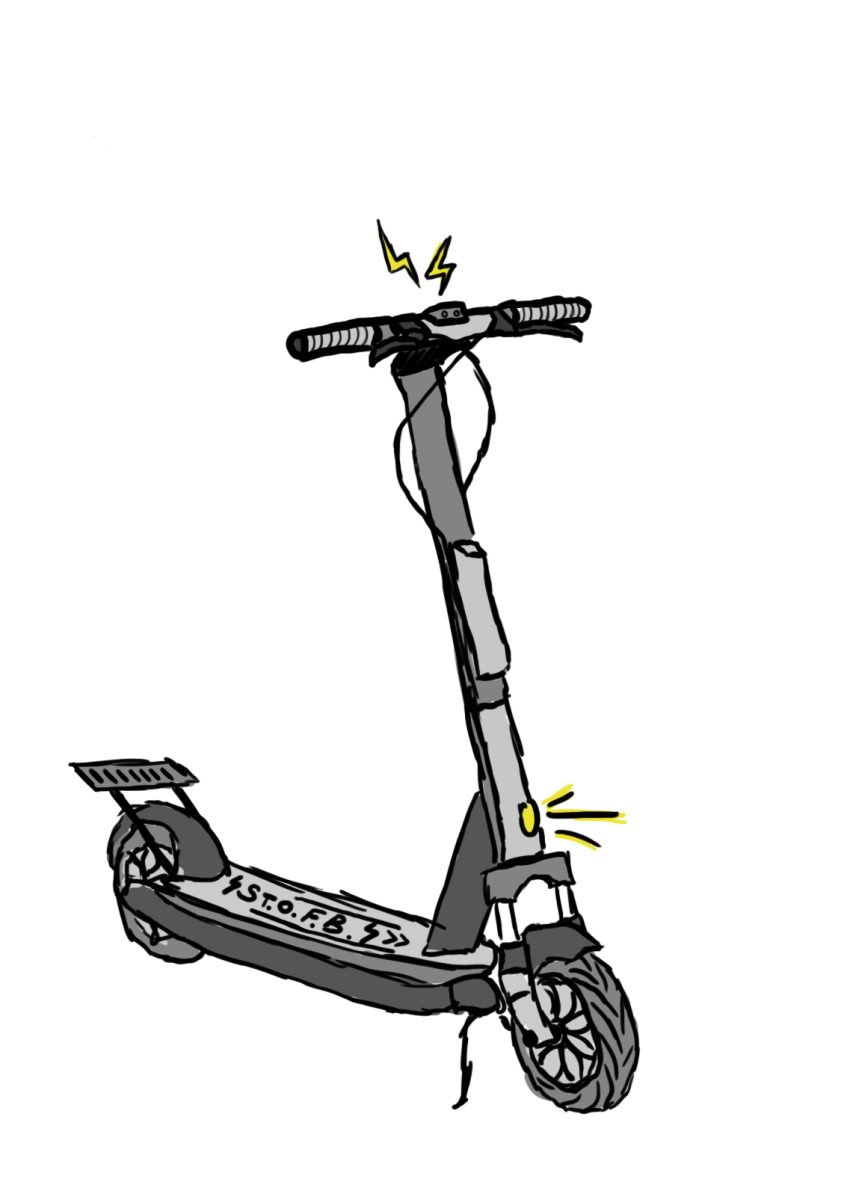As an English and political science double major, I have dabbled in everything from APA to Chicago Manual style, and even on one occasion, Bluebook — which has something to do with legal citations? With this in mind, when presented with a paper in which I have free range over my citation style, I will always — and I mean always — turn to good ol’ reliable MLA.
For one, MLA prioritizes readability. The whole point of the citation is to integrate citations within the texts seamlessly. Unlike other citations such as APA, with its distracting and somewhat confusing author-date parenthetical citations, MLA uses only the author’s last name and page number. The whole point of a citation, I could argue, is to allow the reader to trace the origins of the information without impeding upon the argument or narrative the writer is trying to weave.
Moreover, MLA is simple — just like all the best things in life are. It doesn’t ask for much, such as footnotes or its own cover page. If you reference a book, don’t even bother thinking about the publication date. Instead, it just asks for two simple, reliable elements that, together, allow the reader to access the source material without this unnecessary metadata. It’s this fundamental combination that makes MLA an ideal choice for students in humanities, like myself, who are more often than not focused on the clarity of ideas than the mechanical aspects of formatting.
For me, MLA is more than just a formatting choice; it’s a reflection of my narrative voice — simple, direct, and always mindful of preserving my voice. Even if I am an English major, I rely on MLA not just because of its familiarity, but how it supports the clarity of voice I want to highlight in my writing. I think there’s a pretty good reason why most students learn MLA citation first and, in my humble opinion: if it ain’t broke, don’t fix it.





